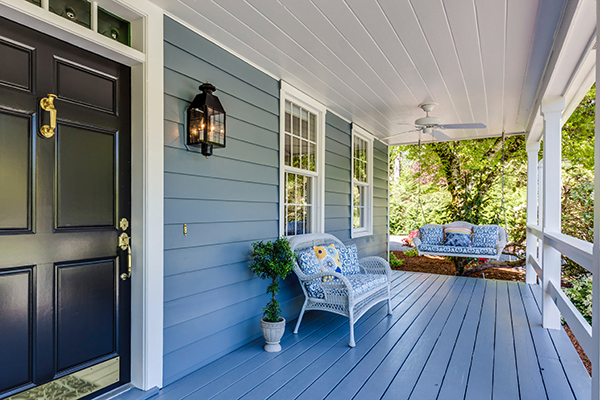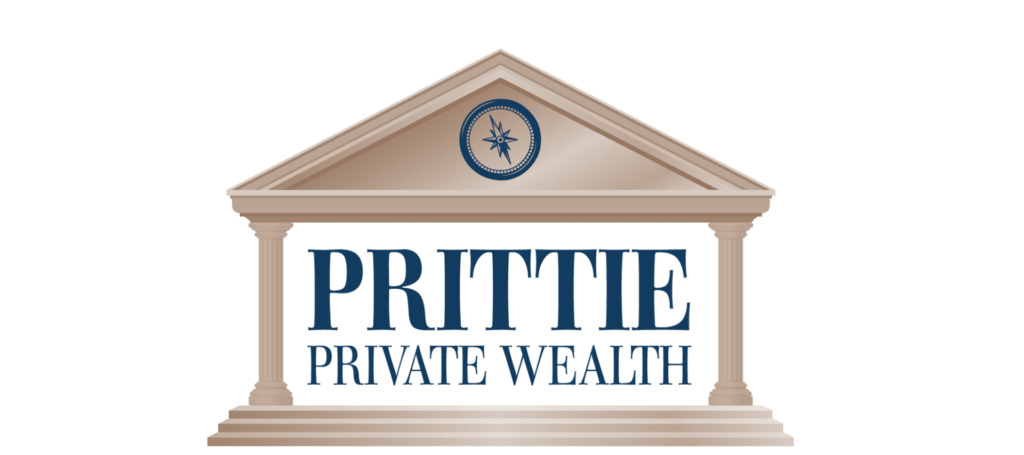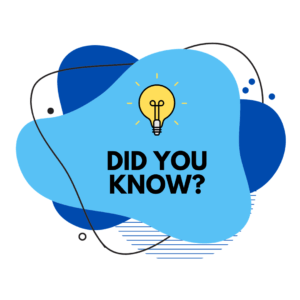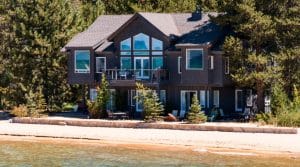Principal Residence Designation

Over the last twelve months, increasing inquiries pertaining to principal residences have been received here at the office. The majority of the inquiries fall into one of two categories:
1. What happens when I sell my home and move to another home within Canada? Can I have two principal residences?
2. What happens if I want to sell my home and move out of the country? Do the same rules still apply to my current home?
When it comes to moving within Canada, the situation you may find yourself in is you sell your home and buy a new home immediately after. This situation is relatively straightforward as the gains on your principal residence are not taxable, and when your home closes, you would simply move into your new home, designating this as your new principal residence. However, let’s say you own both a home and a rental property (or cottage) and sell your existing home and decide to move into your rental home full time. While you may have two principal residences in the same calendar year, you may not have two at the same time, thus making the situation more interesting.
To illustrate this, we will need to make a timeline of events. Let’s imagine you moved into your existing home in 2000 and acquired your rental home in 2010. Your home has been your principal residence for nearly 22 years and the growth in value is tax free, but the growth in value on your rental home is taxable as a capital gain given it is not your principal residence. Does this mean when you move that your new home (former rental) is taxable? No; instead, only the change in value from 2010 to the day you designate your rental as your principal residence is taxable, but now we have a new problem: What is the gain?
To answer this question, you need to have a certified professional appraisal done on your rental property. When having an appraisal done, it is natural to hope the appraisal comes in as low as possible relative to the price you paid in 2010 as this will lower the taxable capital gain and the tax liability when/if you sell your new home (former rental) later. If renovations are needed, it is also advisable that you perform any improvements and repairs which will serve to boost value after the property becomes your principal residence. This is because the gain in value would occur after you moved in and designated the former rental as a new principal residence. I have guided a number of clients through this process involving varying circumstances – some complex.
As for our second question, when it comes to leaving Canada, the same principal residence rules apply. The sale of your home is tax free, and while rules for residency vary with each country, one of the main conditions for becoming a non-resident of Canada that must be satisfied for tax purposes, is having no readily accessible residence. For more information regarding non-residency tax status, rules and regulations, your principal residence and strategies for those who wish to leave Canada, temporarily or permanently, please reach out to us. There are criteria which must be adhered to and we will be more than happy to assist.
Written by Adam Prittie, Investment Advisor








